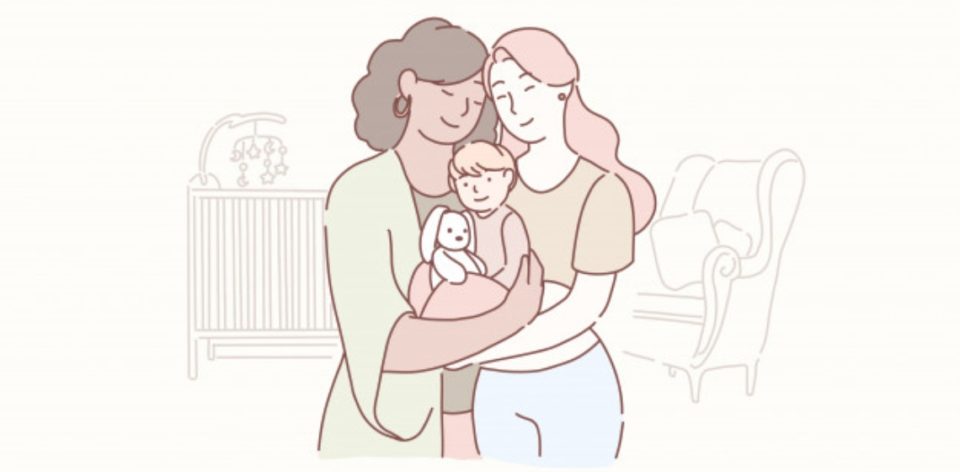I opened a book I recently got from the local library. It’s LGBTQ+ themed, which surprised me, as I don’t usually see ‘this sort of thing’ in my hometown. It got me thinking, how seeing such examples in books might have helped my own coming out when I was younger, or helped a struggling gay friend opening up to me. What would have happened, if I knew sooner?
We can pose thousands of different questions for this topic, and get thousands of different answers for each. But instead of asking questions, let’s take a look at rainbow-coloured children’s literature, at home and abroad.
Books about child psychology and those dealing with childhood trauma are having a comeback both in Hungary and overseas. Our most prominent writers in the genre are TÓTH Krisztina, ZALKA Csenge Virág and BOLDIZSÁR Ildikó. But who writes LGBTQ+ YA and MG literature? Sadly, the domestic writers’ scene is yet to produce books geared towards the youth with protagonists of any shade of the rainbow, or written with the goal of opening an enlightening conversation with the parents.
And here we arrive at an important point: the main consumers of children’s literature are adults, more precisely the parents, who have the power to sway this market. Enthusiastic writers and children’s book-illustrators are sitting on the side-lines, waiting to see how the public opinion swings. So let’s move on to a more diverse market the one overseas!
The book of Justin Richardson and Peter Parnell – although it’s one of the most well-known kid’s book based on a true story – drew a huge controversy when it was published. In 2014 in Singapore they almost went all the way to book-burning, and the picture-book was also banned in a couple of American states. ‘And Tango makes three’ is a charming story of a penguin couple, Roy and Silo, who despite being both males, successfully adopted and hatched an egg and raised their chick, Tango.
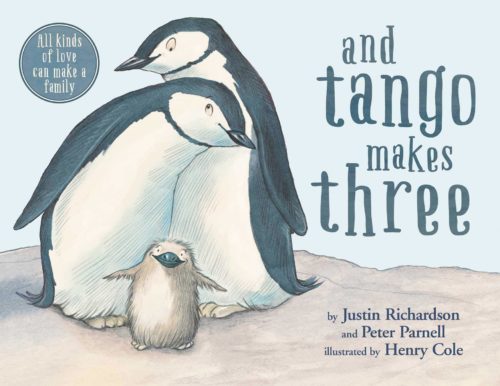
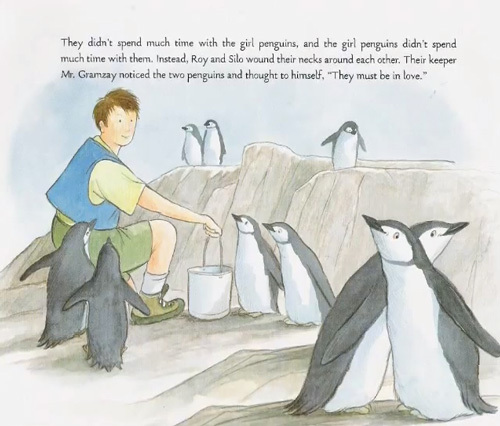
Even though the penguin couple broke up after six years due to the stress of being moved, this animal fable shows just how natural it is for same sex pairs to raise offspring in nature.
Specifically female couples are also present in American literature, such LGBTQ+ themed children’s books have been published since 1976.
‘Mommy, Mama and Me’ is about being raised by same-sex parents and is the first picture-book for children in this topic. ‘In Our Mothers’ House’, which has realistic illustrations, also discusses the difficulties of raising children and broaches the issue of racism as well. The travel story ‘Zak’s safari’ addresses kids in a simple but unique way. It also mentions the choosing of a donor, and so it also explains the basics of genetics in a child-friendly way.
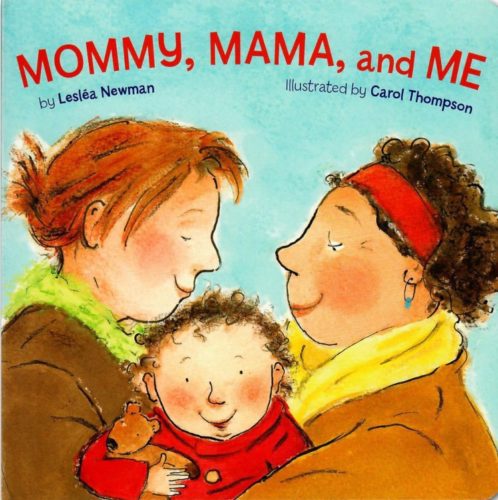
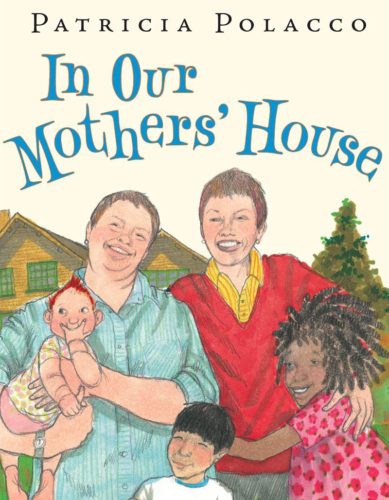
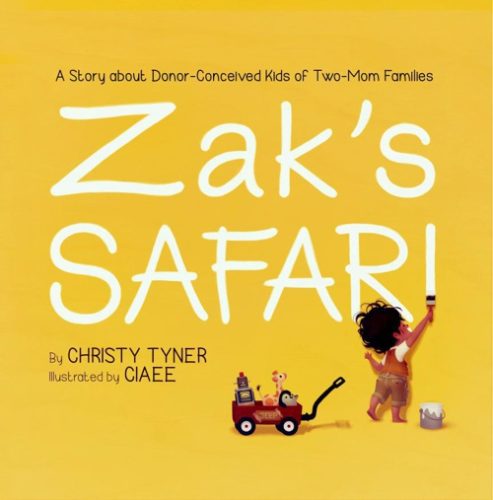
Meryl G. Gordon’s ‘The Flower Girl Wore Celery’ is a gap filling work about a little girl who is asked to be a flower girl at her cousin’s wedding and who only finds out later that her relative is marrying another woman. It’s not unusual for LGBTQ+ parents to only be background characters in children’s books, like in the story of Bao Pho’s Vietnamese-American girl. ‘My Footprints’ deals with bullying, courage, our children standing up for themselves and setting boundaries. Femininity, gender (and dormant sexuality) are discussed in ‘Annie’s Plaid Shirt’ by Stacy B. Davis. The book encourages self-expression in young girls.
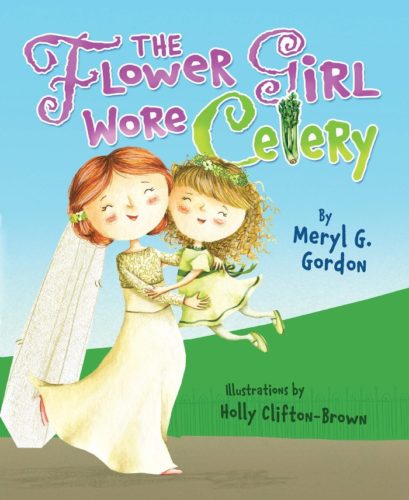
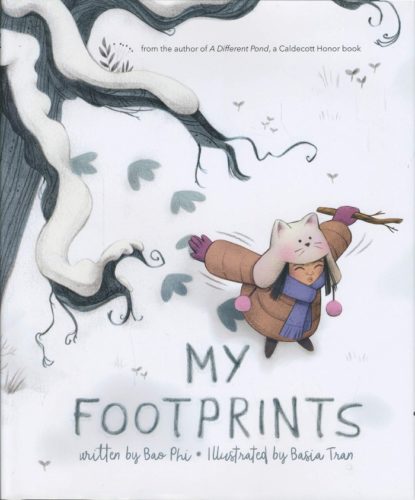
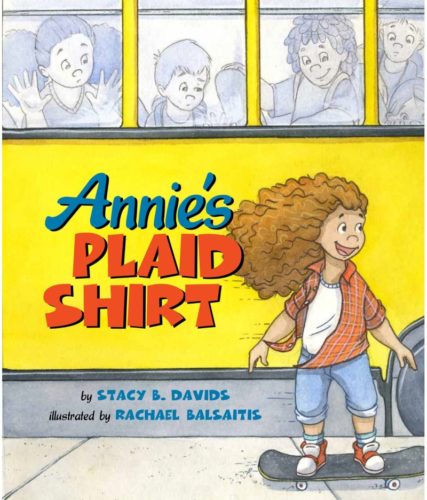
We’ll also mention a couple of books that depict the diversity of families that also mention rainbow families. One of these is ‘A Family Is a Family Is a Family’ by Sara O’Leary or ‘Love Makes a Family’ by Sophie Beer.
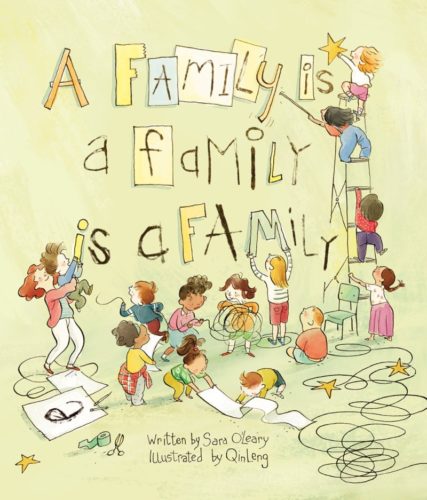
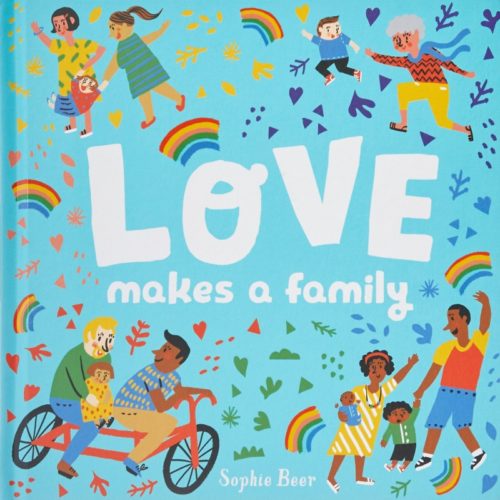
As we can see from this selection, as controversial as the topic is, rainbow families have always existed and will always exist. It’s not a modern fad and it’s found even in nature. Hundreds of rainbow families live in Hungary today, and with expanded opportunities their numbers would only grow.
All children deserve a loving home. Educational and entertaining literature can be really helpful in dispelling misconceptions. Not to mention how now the whole family can get in on answering a child’s unanswered questions.
Hungarian rainbow families are discussed in depth and supported by the Foundation for Rainbow Families.
Translated by Zsófia Ziaja

